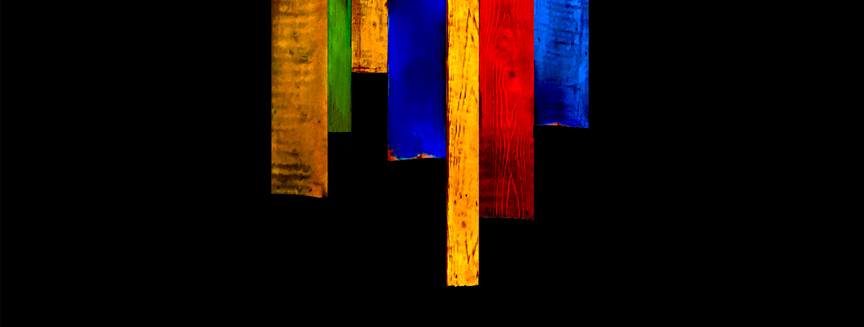

WRITTEN & SHOT ON iPHONE BY: STEVE HOLLOWAY
The first self portraits trace back to Ancient Egypt. The image considered by many to be the first photographic self portrait is an 1839 Daguerreotype by Robert Cornelius.
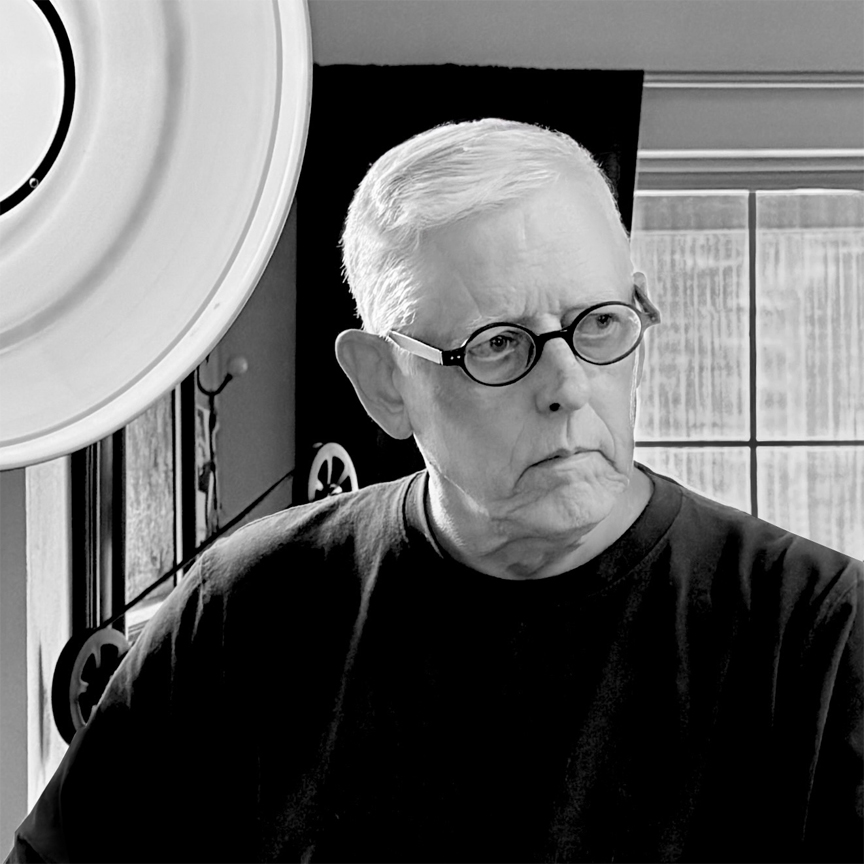
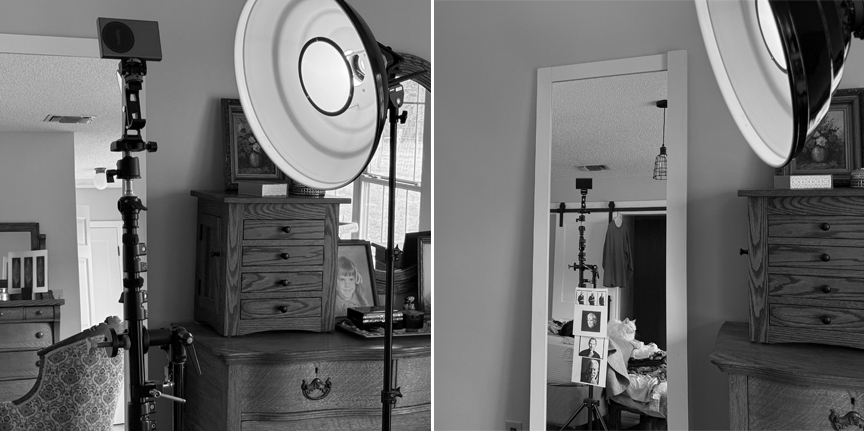
Self portrait (above) and self portrait setup images. © Steve Holloway
The self portrait series.
The self portrait series references the portraits and self portraits of photographers and artists who influenced how I think and work.

Self portrait. Andy Warhol tribute. © Steve Holloway

I was fortunate to be working when artist, Interview magazine founder, publisher and creative director Andy Warhol was defining and redefining art and communication.
The way he used images in his work and in Interview magazine was one of my earliest influences. He took Polaroids for commissioned portraits and other peoples’ images and turned them into poster-size, silk screen originals. And he used objects and icons like soup cans, Brillo boxes and a banana as subject matter.
Self portraits were also a subject he came back to again and again and again.
He would have loved this time of social media. You are missed Andy.
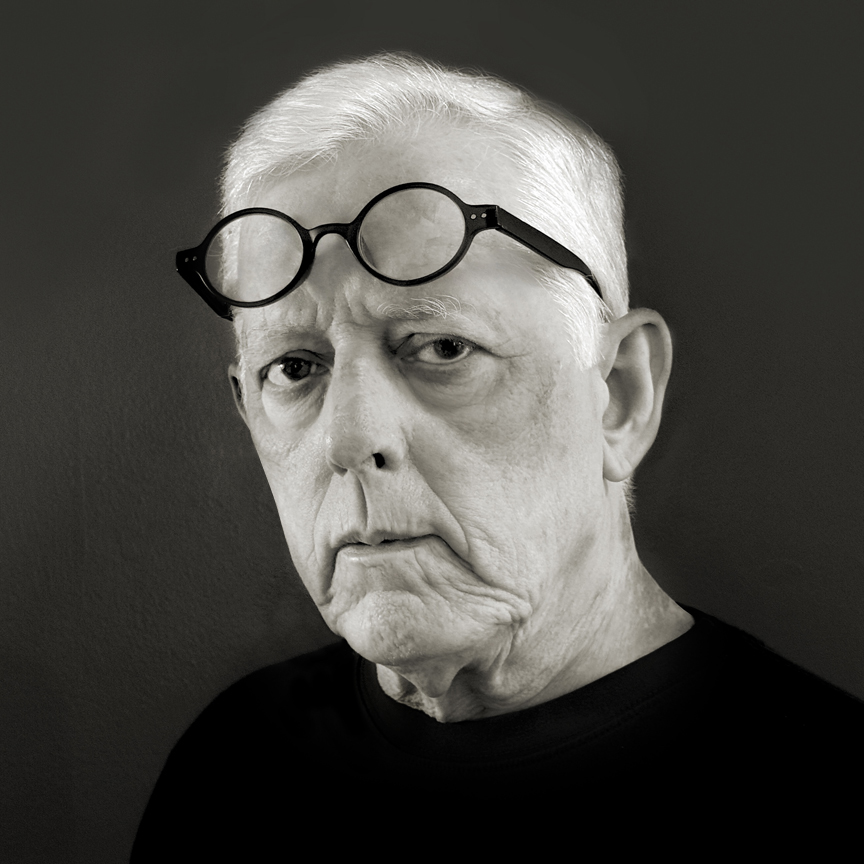
Self portrait. Richard Avedon tribute. © Steve Holloway

I still think about the first time I saw the image of Avedon’s triptych of the Chicago Seven.
It was taken at the first exhibit of the mural at the Minneapolis Institute of Art in the Summer of 1970.
It was huge.
Three panels that together measured over 10 feet tall and over 20 feet wide! It towered over the viewers. It was stunning.
I had always thought of and visualized photographs as prints, something you could hold in your hands or frame and hang. Not as murals. It introduced me to the idea of scale and how scale changes your experience with the image.
The Avedon tributes reference both the Chicago Seven and Avedon’s self portrait triptychs and his individual self portraits.
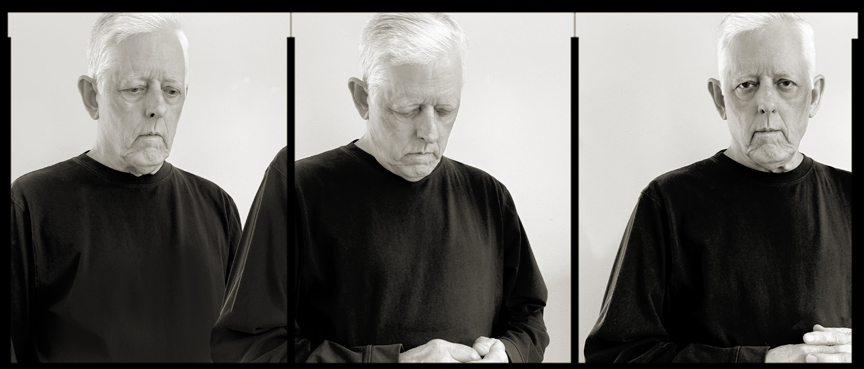
Self portrait. Richard Avedon tribute. References Avedon’s self portrait and Chicago 7 triptychs. © Steve Holloway
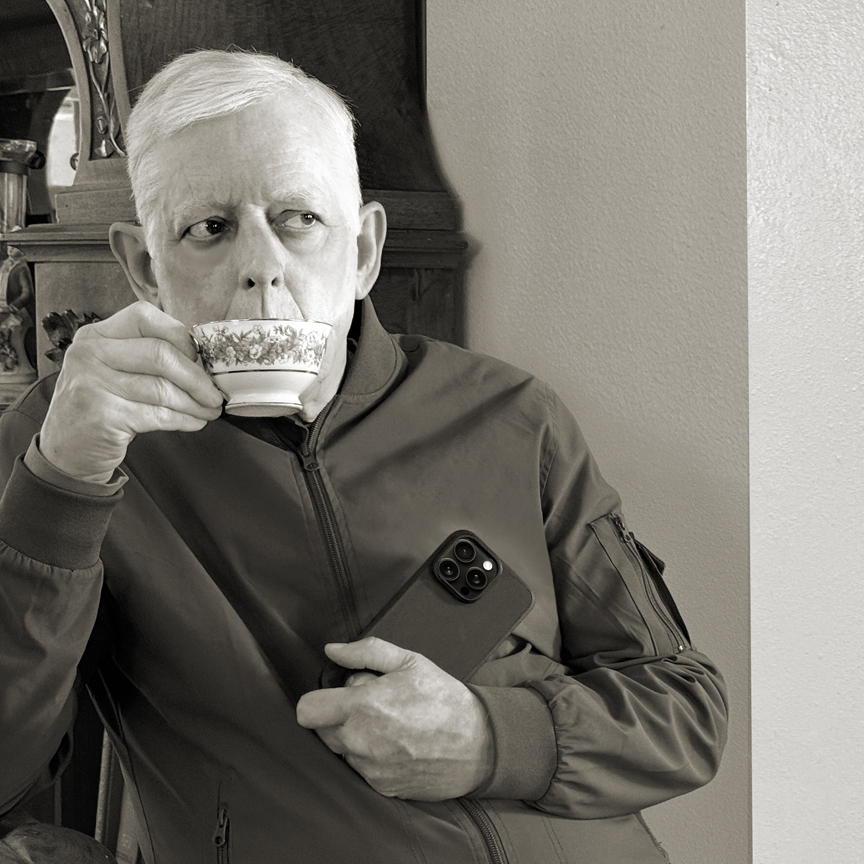
Self portrait. Henry Cartier-Bresson tribute references Ara Güler portrait. © Steve Holloway

When I began adopting and adapting the discipline of street photography I began studying and followaing Henri Cartier-Bresson, Eugène Atget, Elliott Erwitt, Fan Ho, Vivian Maier and Joel Meyerowitz.
They have/had an ability to take something so instinctual and make it look so formal.
Henri Cartier-Bresson especially. His concept of the ‘decisive moment’ defines the elegance of his imagery. It’s “the instant when all the elements in the frame come together to make the perfect image, not the peak of action necessarily, but the formal peak.”
My tribute to Cartier-Bresson is an homage to the portrait by Turkish photojournalist, Ara Güler.
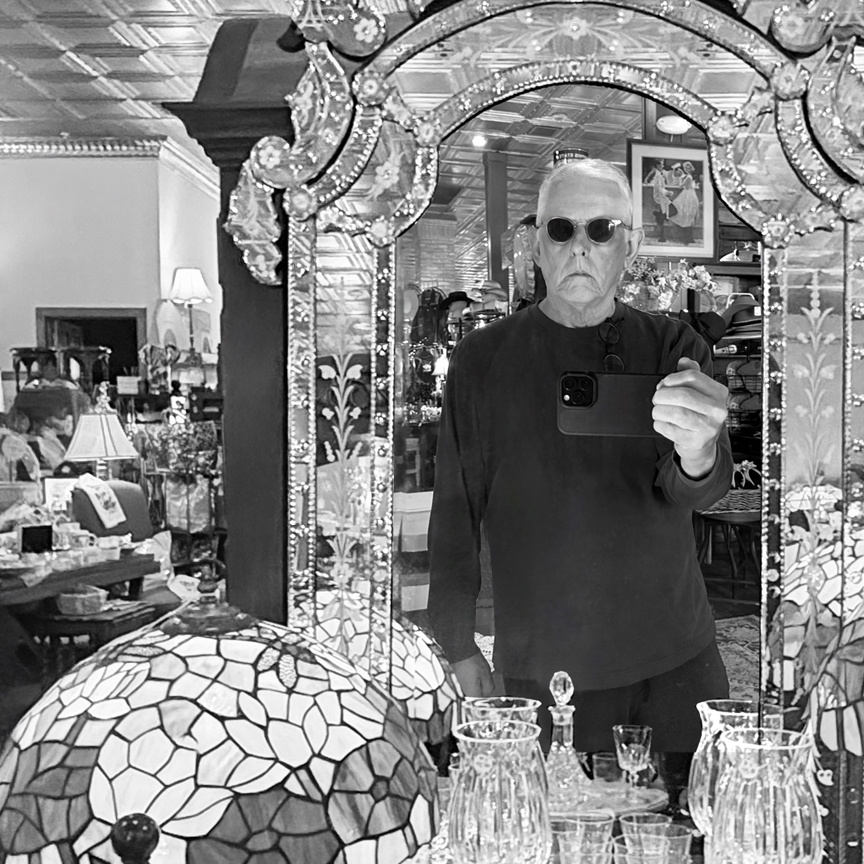
Self portrait. Vivian Maier tribute No. 1. © Steve Holloway

Vivian Maier personifies art for art’s sake. I’m not sure what impresses me more about Maier. The fact that of the more than 150,000 photographs she took during her life that she didn’t even see because many (possibly most) were never processed. And that she never tried to sell, publish or get any of her images reproduced.
Or is it her incredible eye and her ability to capture glimpses of people on the streets, in restaurants and on trains.
Self portraits were a recurring subject for her. She included herself in mirrors, reflections and as shadows in image after image after image.
Vivian Maier obviously didn’t take pictures to become famous, to be noticed or to make money. It appears she was simply compelled to take pictures.
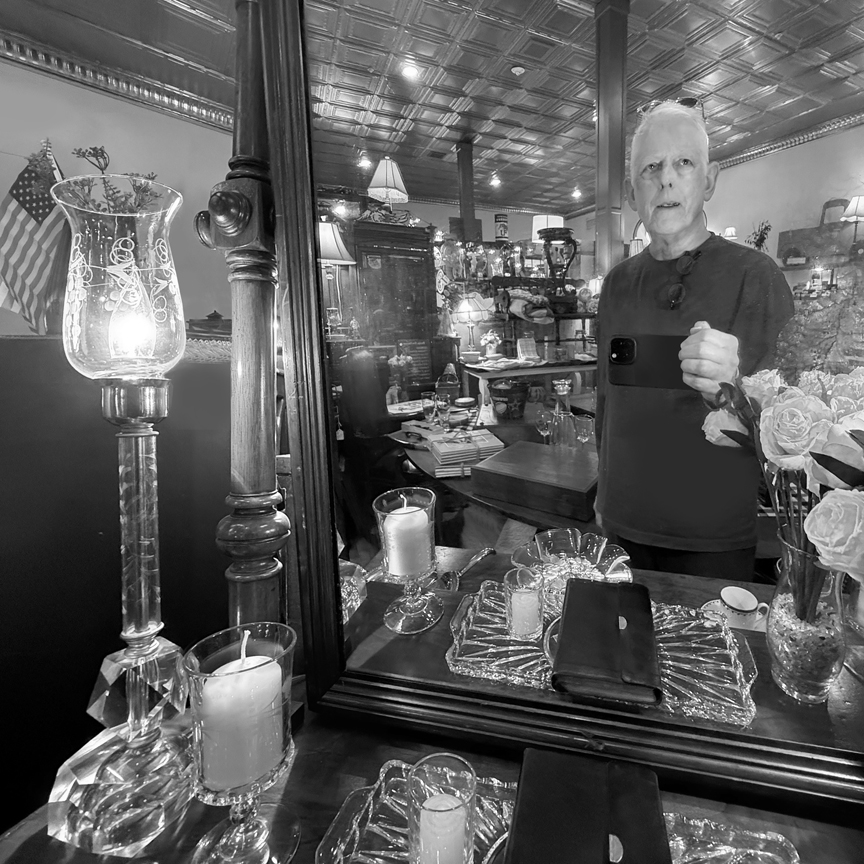
Self portrait. Vivian Maier tribute No. 2. © Steve Holloway

Jump to any Point of View how to guide, process deep dive or a pre iPhone portfolio plus how influences shape the storytelling process and a memoir that looks at the story behind the stories and to Nonlinear Content galleries and stories.

Introduction
Become a storyteller
Technology
- 02A Digital evolution.
- 02B Annie Leibovitz.
- 02C From Batman to the iPhone.
- 02D Henri Cartier-Bresson’s Leica.
- 02E Moving from film to digital to iPhone.
- 02F The self portrait series.
- 02G iPhone camera rigging.

- 03A Working with light.
- 03B The scout.
- 03C Shooting during the golden hour.
- 03D Photographing people.
- 03E Details, shadows, shapes and textures.
- 03F Plate shots and reflections.
- 03G Feed your passions.
- 03H People and food, two favorites.
- 03I On the road.
- 03J Wall art (it’s not what you think).
- 03K Transitional images.
- 03L Night photography.

- 04B Assemblages and abstractions.
- 04C Change the composition of an image.
- 04D Color correction vs color grading.
- 04E Create motion with Live Photo.
- 04F Resize images and retain detail.
- 04G Software and skill building resources.
- 04H On device apps.
- 04I Offboard resources.

- 05A Two key iPhone features.
- 05B Camera and light kit ideas.
- 05C Copied on iPhone.
- 05D Learning post production.
- 05E Designing with type.
- 05F Learning from cinema.
- 05G The three lens solution.




